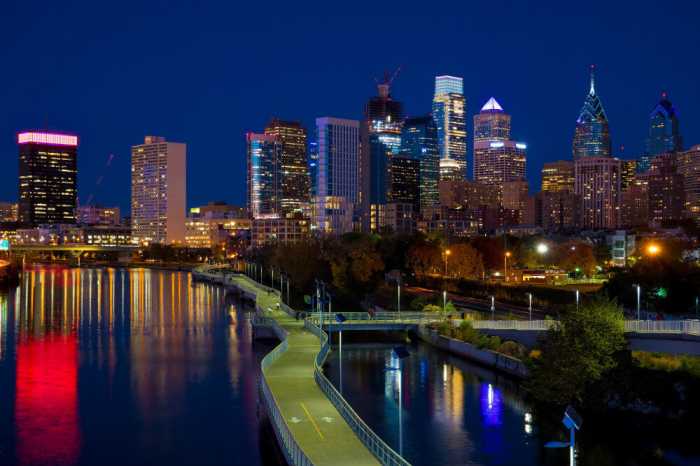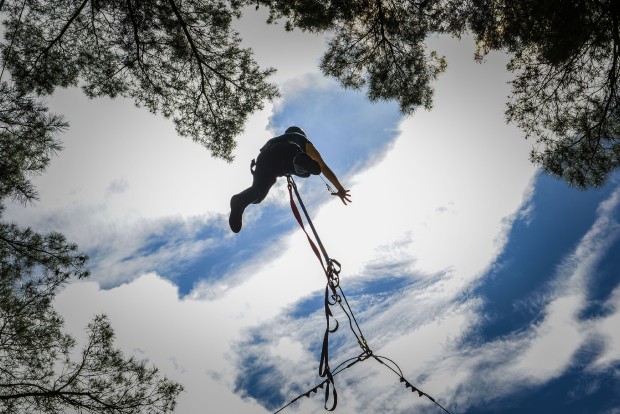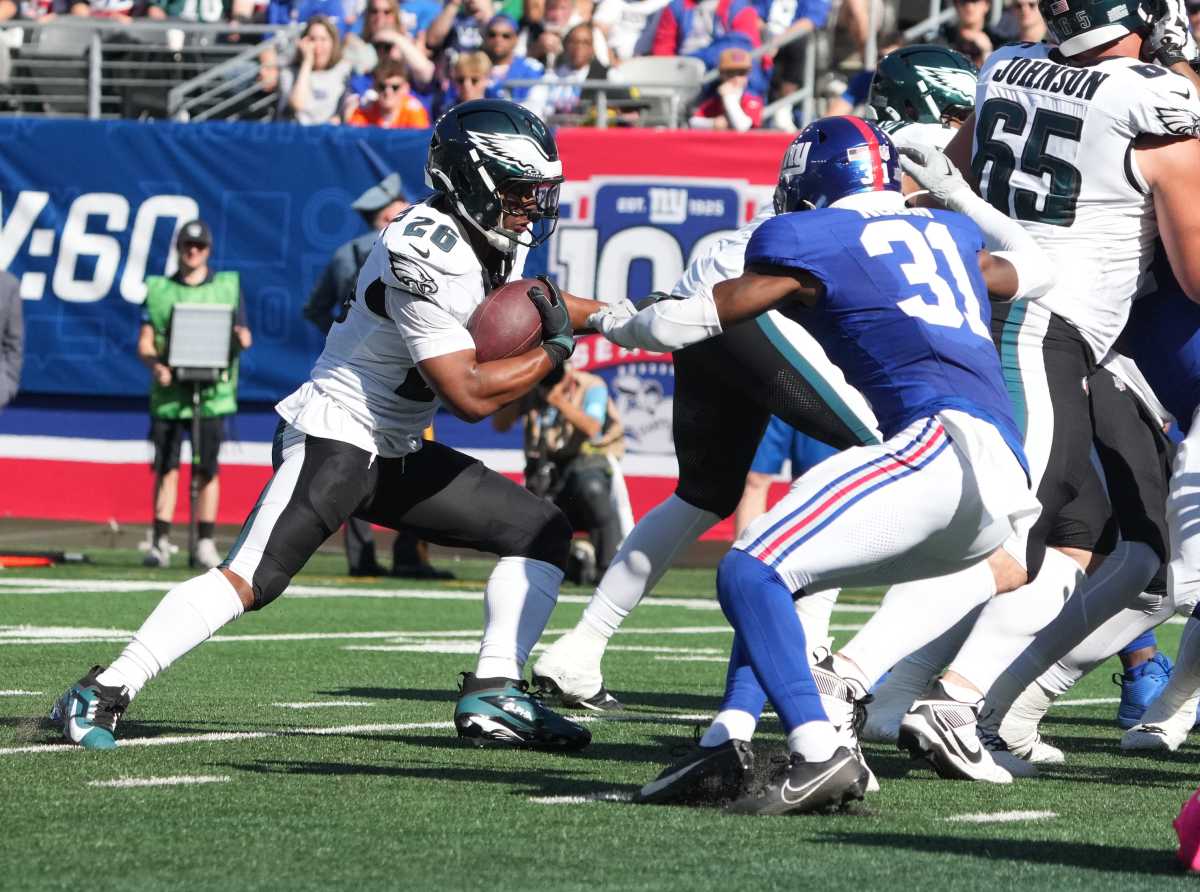The agency, and its tactics, have changed over time. But ask anyone at Visit Philadelphia, and they’ll tell you it was all a labor of love for the city that loves them back.
Founded as a three-year experiment in 1996, the city’s marketing arm celebrated its 20th anniversary Monday at a news conference highlighting memorable campaigns and introducing those who helped the agency bring Philadelphia into the global powerhouse it is today. Visit Philly President and CEO Meryl Levitz said from 1997 to 2015, the five-county region has seen a 54 percent increase in visitors and a 287 percent increase in visitors staying overnight for leisurely visits. The economic impact of Visit Philadelphia’s work is palpable, according to data compiled by Econsult solutions: the city’s tourism industry generated $10.7 billion in 2015, supported 93,000 jobs and produced more than $600 million in state and local taxes. Such industry leaders as Brian Tierney, CEO of Brian Communications, Peter Tyson, managing director of CBRE Hotels, and President and CEO of Dranoff Properties Carl Dranoff, applauded Visit Philly for its mark on the city and the immeasurable success the agency’s work has spawned. “It’s interesting when you think back 20 years ago…it was like tumbleweeds practically going down Broad Street,” said Tierney, whose work has included the slogan, “Philadelphia: The place that loves you back,” for the Greater Philadelphia Tourism Marketing Corporation, now known as Visit Philly. “It’s hard to kind of remember what the city was like back then.” During the past two decades, the city’s skyline has grown beyond the PSFS building and Liberty Place, and new neighborhoods are constantly undergoing revitalization. Still, Visit Philly looks to the future. Its vision for the city will be enhanced by a $2 million grant over two years from the Pew Charitable Trusts that will go toward further promotion of the city, particularly focusing on Old City, which the agency dubbed the “original city.” “With this additional $2 million grant, we will be able to expand visitors’ experience in the historic Philadelphia district, the original city, so that people understand that the experience doesn’t start and stop with the Liberty Bell and Independence Hall,” Levitz said. “There’s so much else to see and do here,” she said.
Visit Philly marks 20 years of promoting with brotherly love

C. Smyth for Visit Philadelphia



























